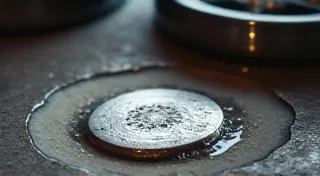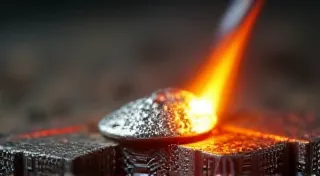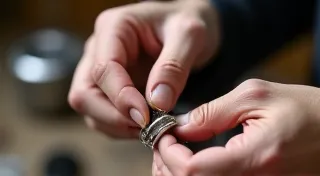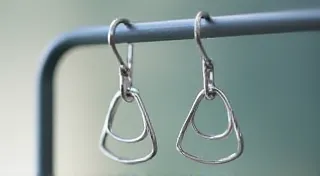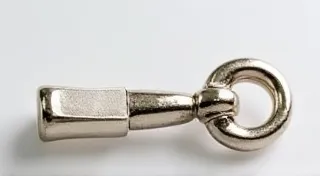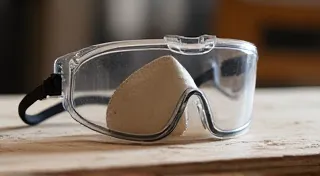Choosing the Right Files for Silver: A Beginner's Guide
Welcome to the exciting world of silversmithing! One of the foundational skills in jewelry making is filing – it’s how you shape, smooth, and refine your silver pieces. But with so many different types of files available, it can be overwhelming for a beginner to know which ones to choose. This guide will break down the common types of files used in silversmithing and explain when each is best employed.
Understanding File Basics
Before diving into specific types, let’s cover some basic file terminology. Cut refers to the coarseness of the file's teeth. A coarser cut removes more material quickly but leaves a rougher surface. A finer cut removes less material but leaves a smoother finish. The best cut often depends on the task at hand – are you drastically reshaping a piece, or simply refining its surface? Often, a combination of cuts will be necessary to achieve the desired result, especially when tackling more complex projects. Learning the appropriate application of each cut is a crucial step in mastering this essential silversmithing skill.
Files are made from high-speed steel or other hard metals. They come in various shapes, each designed for a specific purpose. Keeping your files clean and sharp is also crucial for effective and safe working – more on that later. Proper tool maintenance isn't just about extending the life of your tools; it's about ensuring the safety and quality of your finished pieces. Trying to work with dull files can lead to frustration and even dangerous situations.
Common Silversmithing Files and Their Uses
1. Flat Files
Flat files are your workhorses. They’re versatile and used for a wide range of tasks, from shaping to smoothing. They’re a great starting point for any beginner. Knowing how to use a flat file effectively is fundamental to almost every silversmithing process.
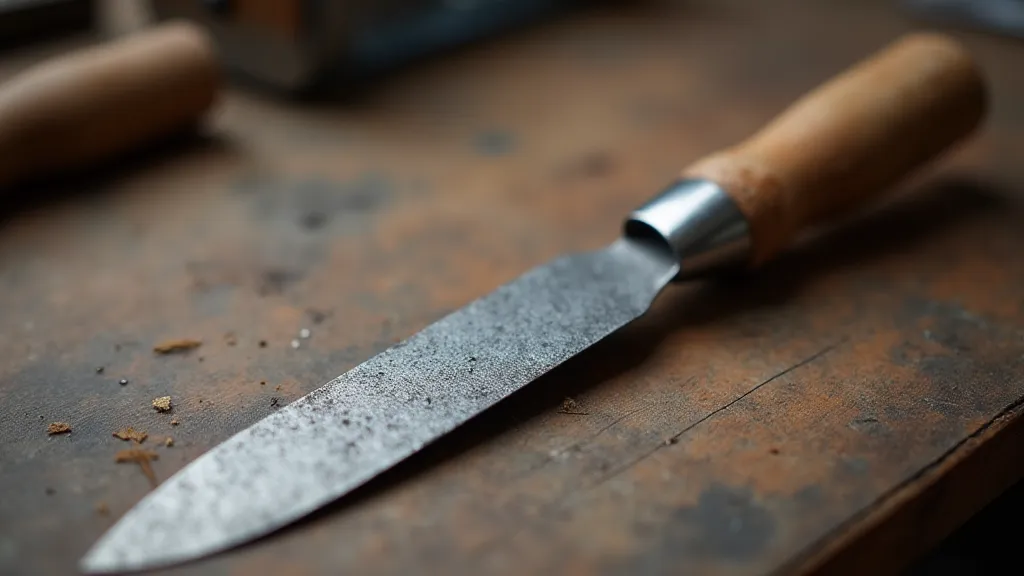
Cut: Available in various cuts, from coarse to fine. A medium cut is a good starting point for beginners. As you become more experienced, you might find yourself reaching for a finer cut for delicate finishing work.
Uses: General shaping, smoothing edges, preparing surfaces for soldering. Flat files are frequently used in conjunction with other techniques, like basic silver forming techniques, to achieve complex shapes.
2. Round Files
Round files are perfect for creating curves and rounding edges. They come in various diameters to suit different sized projects. A good set of round files is essential for creating pendants, rings, and other pieces with curved elements.
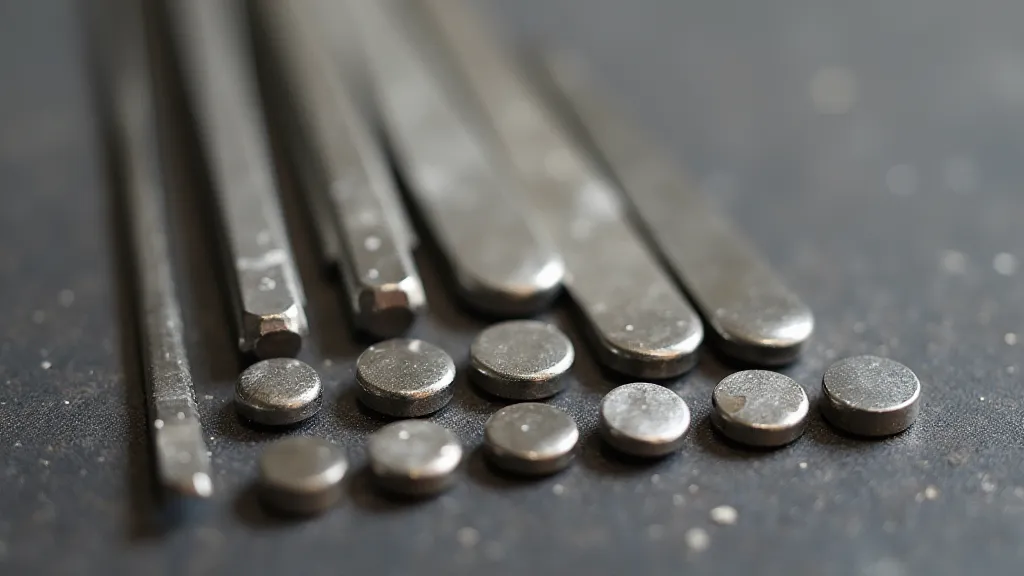
Cut: Typically available in medium and fine cuts.
Uses: Rounding corners, creating curves, refining edges.
3. Half-Round Files
Half-round files are a hybrid of flat and round files. They’re incredibly useful for creating both flat and curved surfaces. This versatility makes them a favorite among many silversmiths.

Cut: Medium and fine cuts are common.
Uses: Combining flat and rounded shaping needs, smoothing both flat and curved areas.
4. Needle Files
Needle files are small, triangular, round, or flat files used for detailed work and hard-to-reach areas. They’re essential for intricate jewelry designs, especially when creating detailed patterns or cleaning up small imperfections. Sometimes, even after using larger files, needle files are required for the final touch.
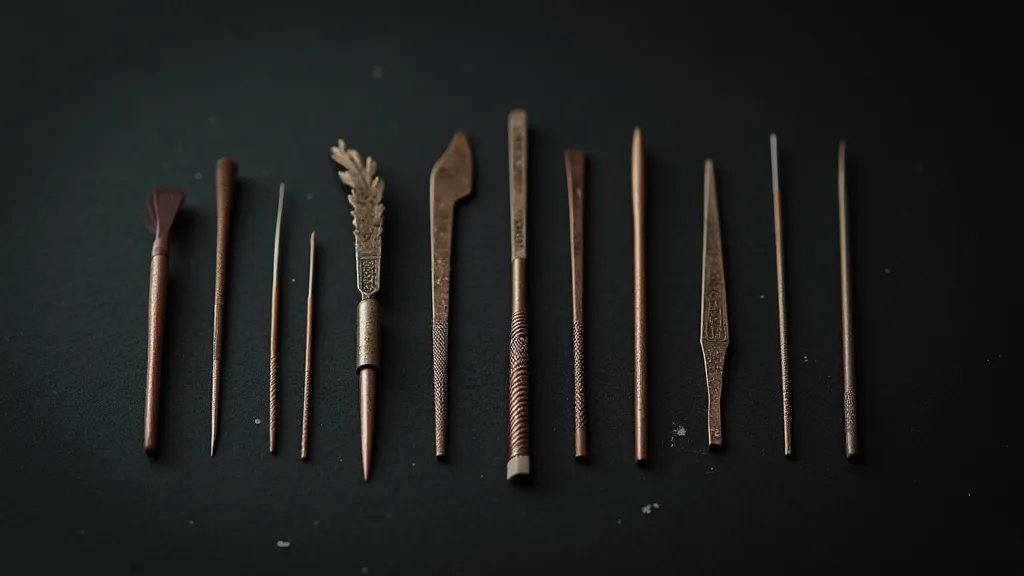
Cut: Usually fine to very fine.
Uses: Detailing, cleaning up solder seams, working on small spaces. When dealing with delicate components, it's often best to use a gentle approach. Using the right file can make all the difference.
5. Saw Files
While primarily used to sharpen jewelers’ saws, saw files can also be used for very fine smoothing and shaping, particularly on delicate pieces. Maintaining a sharp saw is crucial for precise cutting, and these files are the key to achieving that.

Cut: Very fine.
Uses: Smoothing very fine details, cleaning up small imperfections. Consider their usage as part of the larger maintenance protocol for your jeweler's saw.
Taking Care of Your Files
Your files are an investment. Here’s how to keep them in good condition: Proper care extends the life of your files, protecting your investment.
- Clean Regularly: Use a file card to remove filings embedded in the teeth. This prevents the filings from becoming compacted and dulling the cutting edges.
- Don't Use on Painted or Coated Surfaces: This will dull the file and contaminate the file with unwanted materials.
- Store Properly: Keep files in a rack or container to protect their teeth. A dedicated storage solution not only keeps your files organized but also prevents accidental damage. It’s also important to remember the need for annealing silver to keep your work malleable – don’t let your tools blunt your progress.
Choosing the Right File for the Job
Experiment with different file types and cuts to discover what works best for your projects. Start with a basic set of flat, round, and half-round files with a medium cut. As you gain experience, you can expand your collection to include more specialized files. Consider the specific needs of each project - the shape, material, and desired finish will all influence your file selection.
Beyond selecting the right file, remember that safety is paramount. Always wear appropriate safety glasses when filing to protect your eyes from flying debris. Ensure a stable work surface and use proper filing techniques to avoid injury. Remember to consult resources like silver safety guides for more detailed information on maintaining a safe workspace.
To ensure longevity and maintain the integrity of your silver pieces, it’s also vital to understand the importance of annealing. This process restores the metal’s workability and prevents brittleness. The interplay between filing, annealing, and other forming techniques is key to crafting beautiful and durable jewelry. It’s a continuous cycle, each step dependent on the others for optimal results.
With practice and the right tools, you're well on your way to mastering the art of silversmithing! Don't be afraid to try new techniques, experiment with different files, and learn from your mistakes. The journey of a silversmith is one of continuous learning and refinement.
